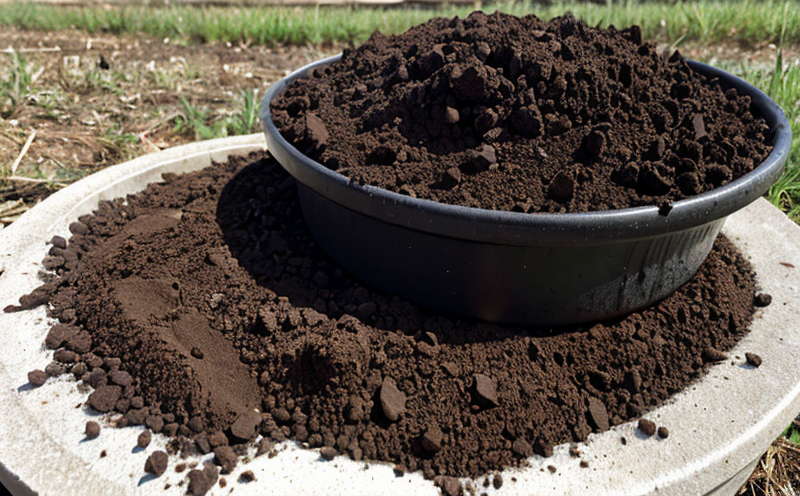EPA SW-846 Method 1315 Mass Transfer Rates of Constituents in Monolithic Waste
The EPA SW-846 Method 1315 is a critical test used to determine the mass transfer rates of constituents within monolithic waste materials. This method aims to provide insights into how contaminants move through solid waste, which is essential for assessing leachate quality and ensuring compliance with environmental regulations.
Monolithic wastes are typically composed of solid material that may contain hazardous substances or pollutants. The integrity and composition of these materials can affect the release of constituents into the environment during landfill operations. Understanding the mass transfer rates helps in predicting potential risks associated with waste management practices.
The test involves placing a monolith within a leachate collection vessel, which simulates conditions found in landfills or containment facilities. The method then measures how quickly specific contaminants can move through the material under controlled environmental conditions. This information is vital for landfill operators and regulators to ensure that wastes are managed safely and effectively.
The process begins with careful preparation of the monolith sample according to EPA SW-846 Method 1315 standards. Specimens must be representative of the waste matrix, ensuring accurate results. Once prepared, the samples are placed in a leachate collection vessel designed for this purpose.
During the test, leachate is collected and analyzed over time using various analytical techniques such as gas chromatography-mass spectrometry (GC-MS) or high-performance liquid chromatography (HPLC). These methods allow for precise quantification of individual constituents. The data obtained from these analyses are used to calculate mass transfer rates.
The calculation of mass transfer rates involves complex mathematical models that account for factors like temperature, pressure, and the physical properties of both the waste matrix and the leachate. Advanced computational tools may be employed to analyze the collected data comprehensively.
Understanding these rates is crucial because they influence not only immediate environmental impacts but also long-term effects on nearby ecosystems. By accurately measuring mass transfer rates, stakeholders can make informed decisions about treatment options, containment strategies, and overall waste management plans.
This method plays a pivotal role in ensuring compliance with stringent environmental regulations set forth by regulatory bodies like the Environmental Protection Agency (EPA) and others internationally. It supports sustainable practices that protect human health and the environment from potential risks associated with improper waste handling.
- Ensures accurate representation of monolithic waste specimens.
- Uses advanced analytical techniques to measure leachate constituents accurately.
- Incorporates comprehensive mathematical models for precise rate calculations.
- Supports regulatory compliance and sustainable waste management practices.
The results from this method provide valuable insights into the behavior of contaminants within solid wastes, enabling more effective risk assessments and mitigation strategies. This information is indispensable for maintaining high standards in environmental protection across various sectors involving waste management and recycling.





